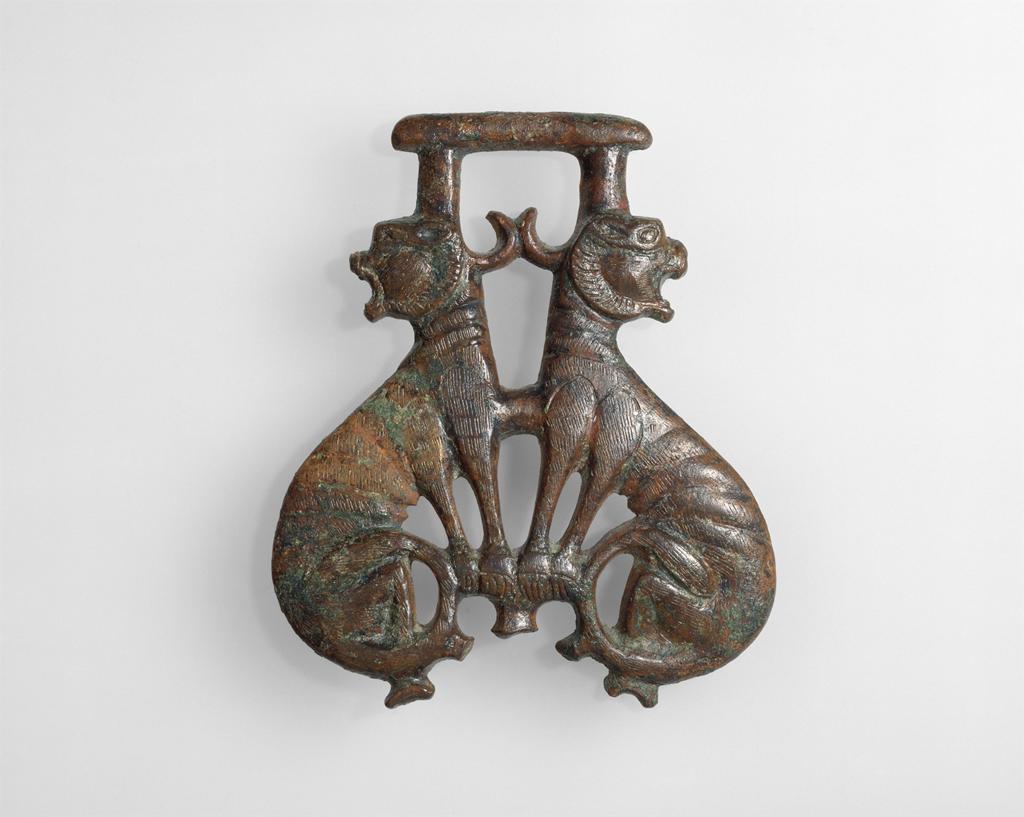On 27 August 410 the three-day Sack of Rome by the Visigoths ended, though not, of course, the life of the city. At its height the Roman Empire had stretched from Britain and the Atlantic to North Africa and Mesopotamia. In the Fourth Century, however, Rome was menaced by invasions of Germanic peoples from beyond the frontiers of the Rhine and the Danube. Among them were the Visigoths, whose leader from around 395 was a chieftain in his mid-20s named Alaric. That same year also saw the death of the Emperor Theodosius the Great, after which the Roman Empire was divided into eastern and western halves.
What Alaric really wanted was land on which his people could settle and an accepted place within the empire, which the authorities in Ravenna would not give him. Needing to keep his followers well rewarded, he marched on Rome and besieged it until the Roman senate paid him to go away. In 409 he attacked Rome again and was able to set up a temporary emperor, Priscus Atallus, who did not last long. In 410, with the authorities in Ravenna still refusing his demands, Alaric led his warriors against Rome once more.
The Visigoths withdrew from the city after three days. The decline of the Empire did not mean that visual culture in any way deteriorated, and, in fact, the blending and connecting of northern and southern European crafts and arts created distinctive styles of metalwork and ceramics, and the beginning of the mosaics that would come to be associated with Byzantium.
Reference: Cavendish, Richard. 2010. “The Visigoths Sack Rome.” History Today, 08, 8. https://search-proquest-com.ezproxy.otago.ac.nz/docview/741578968?accountid=14700.
Visigothic Earrings, ca. 600. The Walters Art Museum, Nr. 57.56.
Visigothic Harness Pendant, Sixth Century. The Metropolitan Museum of Art, Nr. 6097.
Marble portrait head of the Emperor Constantine I, ca. 325-370. The Metropolitan Museum of Art, Nr. 13374.
Free-Blown Flagon from Rome and Plate Fragment, Fifth Century. Inscription reading I BIBAS CVM EVLOGIA COKP(ARARE) “Drink with praise together.” The Metropolitan Museum of Art, Nr. 18.145.1. and 2.
Roman Copper Vessel in the Shape of a Bear, Fourth Century. The Metropolitan Museum of Art, Nr. 66.18.
Further Reading: Danuta Shanzer and Farnham Mathisen. Romans, Barbarians, and the Transformation of the Roman World Cultural Interaction and the Creation of Identity in Late Antiquity. Farnham: Ashgate Publishing, 2013.
Peter J. Heather. Goths and Romans, 332-489. Oxford: Oxford University Press, 1991.





